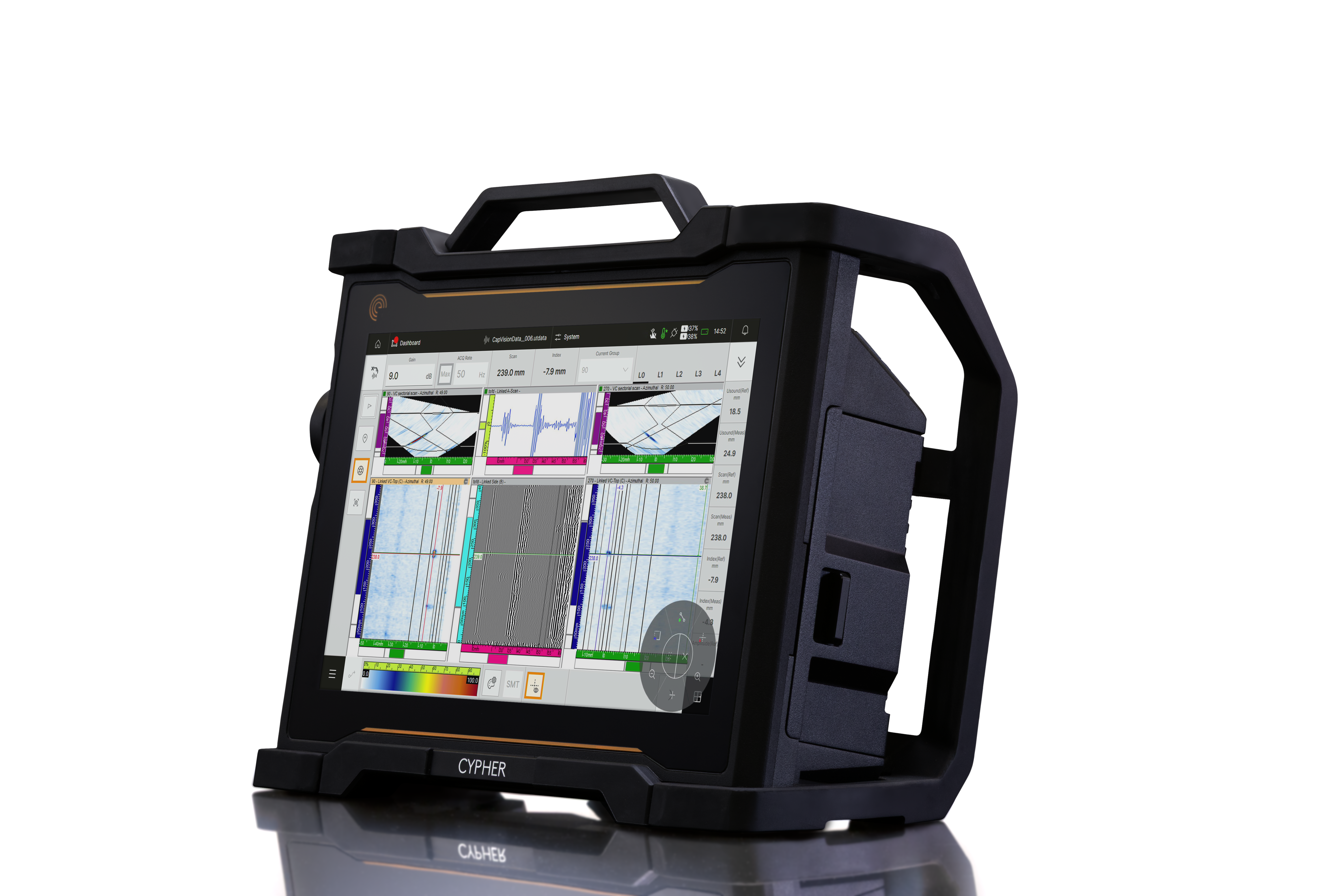Detecting High Temperature Hydrogen Attack (HTHA) Before It’s Too Late
Ask an expertWhen it comes to aging infrastructure in the petrochemical and other industrial sectors, there are a variety of potential vulnerabilities that engineers and maintenance teams must be aware of. While cyclic loading and fatigue stress can certainly lead to cracking over time, there is another type of defect that can be just as dangerous - especially under unique circumstances. This particular issue can be difficult to detect and can pose a serious threat to the integrity of a given system if left unchecked. As such, it is crucial for those responsible for maintaining industrial infrastructure to remain vigilant and stay up to date on the latest best practices and techniques for identifying and addressing potential issues.
The Challenge
High temperature hydrogen attack is a defect of concern, and it is difficult to detect with conventional ultrasonic testing due its very small size, especially in its early stage.

Figure 1: Examples of high temperature hydrogen attack damage
After the infamous 2010 Tesoro Anacortes Refinery disaster, a fatal accident from a heat exchanger explosion, industry has turned a spotlight on the original culprit: high temperature hydrogen attack. High temperature hydrogen attack, also referred to as hot hydrogen attack or methane reaction, occurs in an environment containing hydrogen and high temperatures, typically in low alloy steels. High temperatures change the atomic form of hydrogen which makes it permeate into the steel, react with carbon, and form methane. Because the methane gets trapped in the metal, it ends up creating a microscopic bubble at the grain boundaries in the steel; this is stage one. As bubbles start to grow, they start to coalesce as stage two, ultimately leading to fissures and cracking at stage three. High temperature hydrogen attack commonly occurs in welds and heat affected zones in materials that never received heat treatment. Many refinery owners have started additional inspections after the component failure that was not anticipated to be susceptible to high temperature hydrogen attack. However, these defects are very small, and it is quite difficult to detect with conventional ultrasonic testing or any other volumetric non-destructive testing method.
The Solution
An advanced, portable tool capable of performing all ultrasonic techniques required to pinpoint high temperature hydrogen attack: time of flight diffraction/time of flight diffraction ultra-low angle, phased array ultrasonic testing, and total focusing method with an intuitive software for fast configuration.

Figure 2: Cypher® phased array ultrasonic testing instrument
Combining different examination techniques is key for detection, and API’s recommended practice (API RP 941) is evolving towards this. Phased array ultrasonic testing has been recognized as one of the best non-destructive testing techniques for high temperature hydrogen attack inspection, while time of flight diffraction and time of flight diffraction ultra low angle offer rapid screening of large areas with a high probability of detection due to its capacity to sense small back-scattered signals. As for total focusing method, it enables an improved characterization of indications, and ultimately allows making the distinction between high temperature hydrogen attack damage and other types of defects. This type of inspection is usually performed with a single axis encoded scanner and optimized probes for the application. While total focusing method is based on the extraction of the amplitudes of the full matrix capture matrix, another technique called phase coherence imaging uses the phase information from those signals. The phase coherence imaging shows high values when all the elements contribute in phase. This is the case for small diffractors that tend to send energy in all directions such as the small crack encountered with high temperature hydrogen attack.
Eddyfi Technologies offers advanced non-destructive testing flaw detectors like the Cypher, utilised to characterize high temperature hydrogen attack cracking. The proposed solution includes:
- Cypher units to handle high channel count dual probes, high resolution sector scanning, live total focusing method, time of flight diffraction/time of flight diffraction ultra-low angle, intuitive software configuration, and automatic time corrected gain,
- 1-axis scanner for data encoding and defect positioning ,
- Dedicated phased array ultrasonic testing probes with optimized passive focusing for improved sensitivity.


Figure 3: Linear, phased array ultrasonic testing probes and wedges kit

Figure 4: 64-element phased array focused imaging high temperature hydrogen attack progressing to macro-cracking in the heat affected zones

Figure 5: 64-element total focusing method imaging high temperature hydrogen attack indications
-imaging-of-HTHA-clusters.png)
Figure 6: Time of flight diffraction ultra-low angle imaging of defect clusters

Figure 7: Phase coherence imaging and associated top view; high temperature hydrogen attack appears as a cluster of indications
Benefits
- Protecting assets and safety, with confidence in the inspection results: detecting early-stage high temperature hydrogen attack requires sophisticated equipment, but operators cannot afford to struggle with complex software.
Benefiting from the intuitive interface of Cypher (the embedded control software) inspectors can setup and configure time of flight diffraction, time of flight diffraction ultra low angle, linear, high channel count phased array probes in a couple clicks without the use of third-party software. Automatic time corrected gain is available which also translates into less configuration time required. This solution is based on advanced ultrasonic techniques available in real-time, so that operators can optimize phased array ultrasonic testing, total focusing method, phase coherence imaging, and hybrid method settings for the best inspection results. The result is simple: confidence in the inspection data and in the safe operation of critical assets.
- On-board setup of dual probes
- Advanced ultrasonic techniques available in real-time
- Automatic time corrected gain
High temperature hydrogen attack can result in failure of critical equipment including heat exchangers, piping, welds, and catalytic equipment. Fortunately, Eddyfi Technologies has the advanced inspection solution needed to provide reliable data. Contact us to discover how to inspect the unexpected… just in time.








